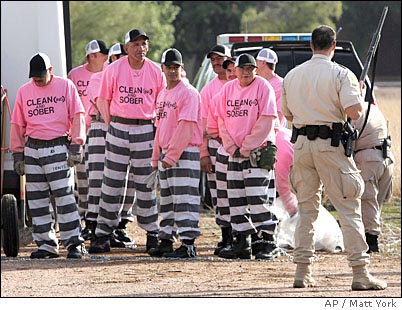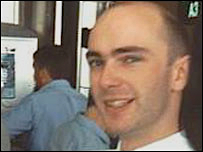
Gather around, ladies and gentlemen, and a drum droll, please: here comes the attraction for which you have all been waiting so patiently. Today, I shall begin to talk about the pitch itself, the full 2-minute marketing statement a writer is expected to give in a formal pitch meeting with an agent or editor.
Goosebump-inducing, isn’t it?
Don’t worry; you’re up for it. So far in this series, we’ve been learning how to describe our work in terms that make sense to the publishing industry, as well as how to benefit from an impromptu pitch opportunity. Now, we’re going to wade hip-deep into the construction of the industry standard pitch, the 2-minute variety.
As in the kind you are going to want to give at an honest-to-goodness, meet-’em-in-the-flesh appointment with an agent or editor at a conference.
True to form in this series, I’m going to begin today not by telling you immediately how to do a pitch right, but by pointing out what the vast majority of 2-minute pitchers do wrong. Here’s the most popular faux pas — or, to echo the title of this post, WATCH OUT FOR THAT TREE!
(1) As with the keynote and the elevator speech, most pitchers make the mistake of trying to turn the pitch proper into a summary of the book’s plot.
A tough job, for a book whose plot’s complexity is much beyond the Dr. Seuss level, as any experienced pitcher can tell you. No wonder so many pitchers just start at page one and keep retailing details of the plot until the agent says gently, “Um, your appointment time is up.”
By which point, naturally, the pitcher has made it all the way to page 42. Which leads me to another low-hanging branch to avoid:
(2) Most pitchers don’t stop talking when their pitches are done.
A 2-minute pitch means just that: the pitcher talks for two minutes about her manuscript. Possibly a bit more, if the agent or editor interrupts to ask questions (which is a GOOD sign, people — don’t freeze up if it happens), but the pitch itself should not run longer.
Why? Well, among other things, to keep a writer from rambling. And why do writers tend to ramble, other than pure, unadulterated nervousness?
(3) The vast majority of conference pitchers neither prepare adequately nor practice enough.
Now, if you have been working diligently through this series, you shouldn’t fall prey to the first problem, but I’ve noticed over the years that my magic wand seems to have lost the ability to compel my students to say their pitches out loud to 25 non-threatening human beings before they even dream of trying it out on a big, scary, Bigfoot-like agent.
Okay, so maybe I was exaggerating about the Bigfoot part. Or maybe I wasn’t: having spent years holding first-time pitchers’ hands at writers’ conferences, I’m not entirely sure that some of them would have been more terrified if they were about to be trapped in a room with a yeti.
Why? Well…
(4) Most pitchers harbor an absurd prejudice in favor of memorizing their pitches, and thus do not bring a written copy with them into the pitch meeting.
This one drives me nuts, because it is 100% unnecessary; no reasonable human being, much less an agent, is going to fault a writer for consulting his notes in a pitch meeting. Or even reading the pitch outright.
This is not an exercise in rote memorization, people; it’s a communication between two individuals about a manuscript. Everyone concerned loves books — so why on earth would an agent or editor object to a demonstration that you can read?
More to the point, having the text (or at least an outline) of what you want to say is not only acceptable — it’s a grand idea. It’s smart. Its time has come.
It’s also a good idea to invest some pre-pitching energy in ramping down the terror level, because, let’s face it, this is a scary thing to do. Not because a writer might muff any of the technical aspects of pitching, but because of what’s at stake.
(5) Most pitchers don’t realize until they are actually in the meeting that part of what they are demonstrating in the 2-minute pitch is their acumen as a storyteller. If, indeed, they realize it at all.
Raises the stakes something awful, doesn’t it? Relax — it isn’t as hard as it sounds, as long as you avoid Tree #1, the temptation to summarize.
Rightly understood, the 2-minute pitch is substantially more intriguing than a mere summary: it’s an opportunity to introduce the premise, the protagonist, and the central conflicts in language and imagery that convinces the hearer that not only is this a compelling and unusual story, but that you are a gifted storyteller.
Doesn’t that sound like a lot more fun than trying to cram 400 pages of plot into seven or eight breaths’ worth of babbling?
I’m going to assume that giant gasp I just heard was the prelude to a yes. Let’s get to work.
While your elevator speech is the verbal equivalent of the introduce-the-premise paragraph in your query letter (a good secondary use for an elevator speech, as I mentioned a few days back), the pitch itself is — or can be — a snapshot of the feel, the language, and the texture of the book.
Wait — is that another tree I see heading straight for us?
(6) Few pitches capture the voice of the manuscript they ostensibly represent.
Often, running afoul of Tree #6 is the result of getting bonked on the head of Tree #1: most pitchers become so obsessed with trying to stuff as many plot points as humanly possible into their limited time face-to-face with the agent that they abandon voice altogether. As is often (unfortunately) true of synopses, summary for its own sake is seldom conducive to graceful sentence.
Here’s an idea: rather than talking about the book, why not use the 2-minute pitch as your opportunity to give the agent or editor a sense of what it would be like to READ it?
To borrow from that most useful piece of nearly universal writing advice, this is the time to show, not tell. Yes, your time is short, but you’re going to want to include a few memorable details to make your pitch stand out from the crowd.
Hey, look out for that –
(7) Very few pitches include intriguing, one-of-a-kind details.
Do I hear some incredulous snorts out there? “Details in a 2-minute speech?” the scoffers say. “Yeah, right. Why not instruct me to tap-dance, wave sparklers, and paint an oil painting at the same time? In two minutes, I’ll barely have time to brush the edges of my plot with generalities!”
That’s an understandable response, but actually, cramming a pitch with generalities is a rather poor strategy. It’s the unholy fruit of tangling with Tree #1.
Counterintuitive? Perhaps, but the straightforward “This happens, then that happens, then that occurs…” method tends not to be very memorable, especially within the context of a day or two’s worth of pitches that are pretty much all going to be told chronologically.
Strong imagery, on the other hand, sensual details, unusual plot twists — these jump out at the pitch-hearer, screaming, “Hey, you — pay attention to me!”
To understand why vivid, story-like pitches tend to be effective, come with me now into a garden-variety conference pitch appointment room. For the benefit of those of you who have never experienced one first-hand, let this serve as a warning: if you were expecting a quiet, intimate, church-like atmosphere, you’re bound to be surprised.
If not actually stunned, because…
(8) Most pitchers assume that a pitch-hearer will hear — and digest — every word they say, yet the combination of pitch fatigue and hectic pitch environments virtually guarantee that will not be the case.
Don’t take it personally. It honestly is the nature of the beast.
In the first place, pitch appointments are notorious for being both tightly booked and running long, more and more so as the day goes on. But while it’s not at all uncommon for an appointment booked for 4 PM not to commence until 5:23, obviously, a pitcher cannot afford to show up late, lest his agent be the one who zips through appointments like Speedy Gonzales.
The result: the writer usually ends up waiting, gnawing her nails like a rabbit on speed, in a crowded hallway filled with similarly stressed people. Not typically an environment particularly conducive to either relaxation or concentration, both of which are desirable to attain just before entering a pitching situation.
Eventually, the writer will be led to a tiny cubicle, or perhaps a table in the middle of a room, where s/he is expected to sit across a perhaps foot-and-a-half table’s width away from a real, live agent who in all probability has drunk FAR more coffee that day than the human system should be able to stand, possibly to counteract the lingering effects of that big party the conference’s organizers were kind enough to throw for them the night before.
I don’t mean to frighten the timid by bringing that last detail up, but it’s actually not beyond belief that you might be seated close enough to the pitch recipient to smell the coffee on her breath. Or the vodka leaching out of her pores.
Heck, you might be close enough to take a whiff of all kinds of people. At a big conference, other pitchers may be close enough for our hero/ine to reach out and touch; one may need to speak in a near-shout to be audible; indeed, at some conferences, the pitchers simply move one seat to the right (or left, depending upon how the room is set up) to pitch to the next agent or editor.
It’s rather like the Mad Hatter’s tea party. In this relaxing environment, the writer introduces him or herself to the agent(if s/he remembers to, that is), and then spends approximately two minutes talking about the book. Then — brace yourself for this — the agent responds to what the writer has said.
Possibly even while the writer was saying it. Which leads us right into the path of another tree — or perhaps a thicket.
(9) Few pitchers are comfortable enough with their pitches not feel thrown off course by follow-up questions.
Oh, you thought it was an accident that I’ve kept bringing up this possibility every few days throughout this series? Au contraire, mon frère: I was inoculating you against shock.
If a writer is prepared to have an actual conversation about her book, this part of the pitch meeting can be, if not actually pleasant, than at least informative. The agent might ask a question or two, to try to figure out how the manuscript might fit into his agency’s current needs; at this point, a writer may feel free to ask questions about the agency or the market for your type of book as well.
But sometimes — I’m not going to lie to you — the first response is to say that she doesn’t handle that type of book, or that kind of story isn’t selling well right now, or any of a million other reasons that she isn’t going to ask to see pages. (Yes, they will usually tell you why; generic pitch rejections are not as common as form-letter rejections.)
Either way, at some point in the meeting, the agent is going to tell the writer whether the book sounds like it would interest her as a business proposition. She’s NOT saying whether she liked it, mind you — whether she thinks she can SELL it.
You will be a much, much happier pitcher if you cling to that particular distinction like an unusually thirsty leech. In fact…
(10) Far too many pitchers labor under the false impression that if an agent or editor likes a pitch, s/he will snap up the book on the spot. In reality, they’re going to want to read the manuscript first.
Believing otherwise only makes aspiring writers unhappy. Realistic expectations are the most important things you can carry into a pitch meeting.
In that spirit, let me alert you to two things that will NOT happen under any circumstances during your pitch meeting, no matter how good your pitch is (or even your platform): the agent’s signing you on the spot, without reading your work, or an editor’s saying, “I will buy this book,” just on the strength of the pitch. If you walk into your pitch meeting expecting either of these outcomes — and scores of writers do — even a positive response is going to feel like a disappointment.
Let me repeat that, because it’s vital to your happiness: contrary to common writerly fantasy, no reputable agent will offer representation on a pitch alone. Nothing can be settled until she’s had a chance to see your writing, period. And no viable promise exists between a pitcher and an agent or editor until a contract is actually signed documenting it.
Don’t feel bad, even for a nanosecond, if you have ever thought otherwise: the implied promise of instant success is the underlying logical fallacy of the verbal pitch. There are plenty of good writers who don’t describe their work well aloud, and even more who can speak well but do not write well.
The practice of verbal pitching is undermined by these twin facts — and yet conference after conference, year after year, aspiring writers are lead to believe that they will be discovered, signed by an agent, and lead off to publication fame and fortune after a simple spoken description of their books.
It just doesn’t work that way, I’m afraid. The purpose of the pitch is NOT to induce a decision on the spot on the strength of the premise alone, but to get the agent to ask you to send pages so she can see what a good writer you are.
Anything more, from an interesting conversation to praise for your premise, is icing on the cake: nice to be offered, of course, but not essential to provide a satisfying dessert to the pitching meal.
So once again, I beg you, don’t set yourself up to be shattered: keep your expectations realistic. Professionally, what you really want to get out of this meeting is the cake, not the frosting.
Here is a realistic best-case scenario:
If the agent is interested by your pitch, she will hand you her business card and ask you to send some portion of the manuscript — usually, the first chapter, the first 50 pages, or for nonfiction, the book proposal. If she’s very, very enthused, she may ask you to mail the whole thing.
MAIL is the operative term here. A request to see pages should NEVER be construed as an invitation to HAND her the whole thing on the spot.
Seriously. Not even if you happen to have a complete copy in the backpack at your feet.
Why? Well, manuscripts are heavy; agents almost universally prefer to have them mailed or e-mailed) rather than to carry them onto a plane. (If you think that your tome will not make a significant difference to the weight of a carry-on bag, try carrying a ream of paper in your shoulder bag for a few hours.)
Yes, I know: you have probably heard other pitching teachers — ones who got their agents a long time ago, for the most part, or who have not tried to land an agent recently — urge you to lug around a couple of complete copies of your book. This is WILDLY outdated advice, sort of like advising a 16-year-old nervous about taking her driver’s license test to bring along a buggy whip, in case the horse gets restless.
Just say neigh.
At most, the agent may ask on the spot if you have a writing sample with you, but trust me, she will have a few pages in mind, not 300. (If you’d like to be prepared for this eventuality, the first five pages of a book is a fairly standard writing sample. You could also use the first few pages of a favorite scene.)
In the extremely unlikely event that the agent asks for more right away, murmur a few well-chosen words about how flattered you are by her interest, and offer to pop anything she wants into the mail as soon as it’s feasible.
In the interests of covering the gamut of reasonable expectations, I’m afraid I must, at least briefly, take us on a walking tour of the other logical possibility: it’s imperative to understand what a no means as well.
(I’d number that, too, but I’ve run out of tree pictures. What, you thought they just grew on…oh, never mind.)
When an agent or editor says, “Well, that’s not for me,” it is NOT always because the story is a bad one, or the pitch was incoherent (although pitch-hearers routinely hear both): it is very frequently because they don’t handle that type of book, or a similar book just bombed, or someone who can’t stand family sagas has just been promoted to publisher, or…
Getting the picture? Rejection is very, very seldom personal — at least from the point of view of the rejection-bestower.
Regardless of the outcome, remember to thank the agent or editor for his or her time. Politeness always counts in this industry, so do be nice, even if it turns out that the agent simply doesn’t represent your kind of book. (Trust me — if this is the case, the agent will tell you so right away.)
If this happens, express regret BRIEFLY — and ask for recommendations for other agents to approach with your work. (For more tips on handling a mismatched meeting, please see my earlier post on the subject.)
Is your mind reeling, trying to picture this situation in full and vivid detail? Good; that means you’re grasping its complexity.
Don’t panic; you can avoid the wicked trees with relative ease. Over the next few days, I am going to give you a template for presenting your story — fictional or not — in a vivid, exciting, memorable manner. I know that this prospect is daunting, but believe me, you’re gaining the skills to pull this off beautifully.
Trust me on this one. Keep up the good work!
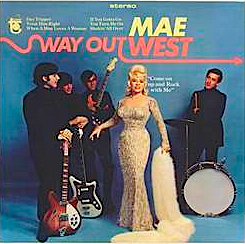





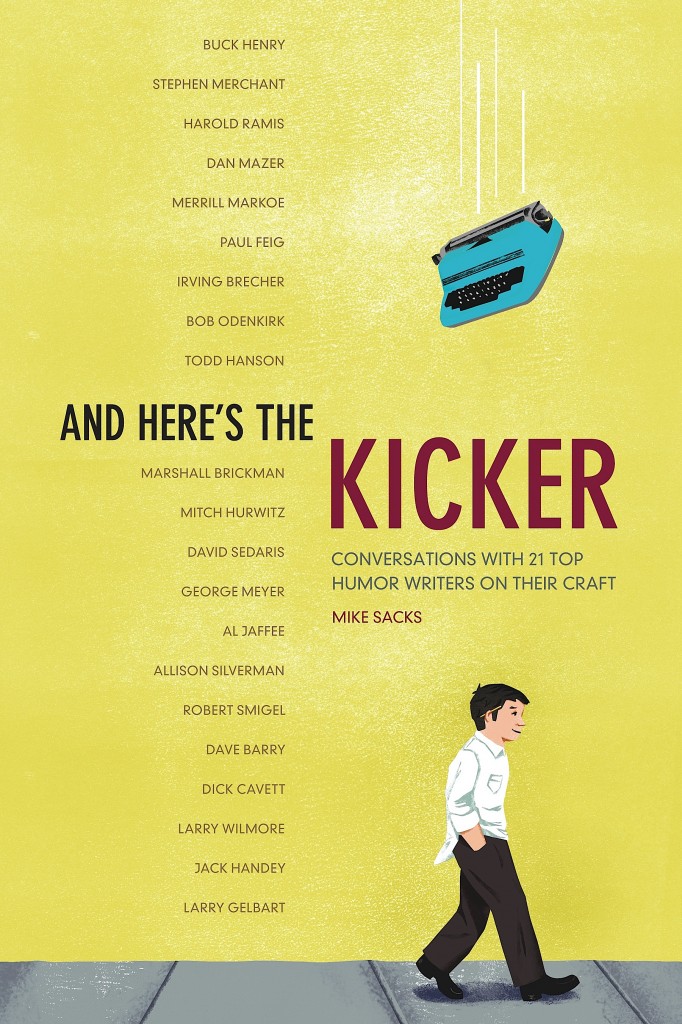


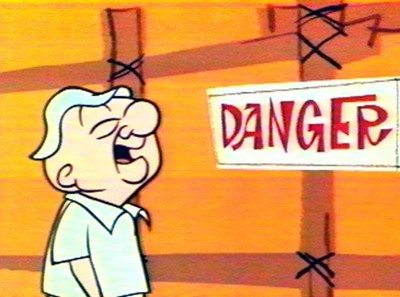
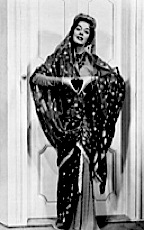






 Richard Hooker’s M*A*S*H — rejected by 21 publishing houses. {“How many Army doctors could there possibly be?” they must have scoffed. “And who else would care?”)
Richard Hooker’s M*A*S*H — rejected by 21 publishing houses. {“How many Army doctors could there possibly be?” they must have scoffed. “And who else would care?”)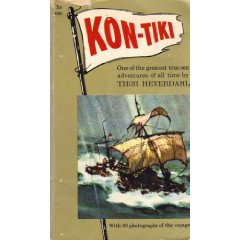 Thor Heyerdahl’s KON-TIKI — rejected by 20 publishing houses. (Yes, THAT Kon-Tiki. “This might appeal to people who sail for pleasure, but can we afford a novel for the yacht-owning niche?”)
Thor Heyerdahl’s KON-TIKI — rejected by 20 publishing houses. (Yes, THAT Kon-Tiki. “This might appeal to people who sail for pleasure, but can we afford a novel for the yacht-owning niche?”)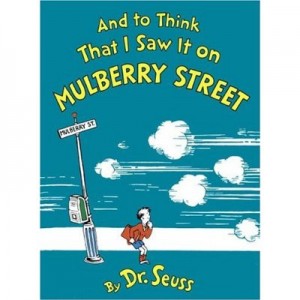 Dr. Seuss’ first book, AND TO THINK THAT I SAW IT ON MULBERRY STREET — rejected by 23 publishing houses. (“Do we really want to confuse children?”)
Dr. Seuss’ first book, AND TO THINK THAT I SAW IT ON MULBERRY STREET — rejected by 23 publishing houses. (“Do we really want to confuse children?”) Richard Bach’s JONATHAN LIVINGSTON SEAGULL — rejected by 18 publishing houses. (“The only person I have ever known who cared about seagulls was my mad great-aunt Kate, who spent her last years wandering down to the beach to offer them caviar on crackers. Next!”)
Richard Bach’s JONATHAN LIVINGSTON SEAGULL — rejected by 18 publishing houses. (“The only person I have ever known who cared about seagulls was my mad great-aunt Kate, who spent her last years wandering down to the beach to offer them caviar on crackers. Next!”)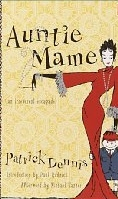 Patrick Dennis’ AUNTIE MAME — rejected by 17 publishing houses. (I have no idea what they were thinking here; perhaps that it was really a memoir?)
Patrick Dennis’ AUNTIE MAME — rejected by 17 publishing houses. (I have no idea what they were thinking here; perhaps that it was really a memoir?)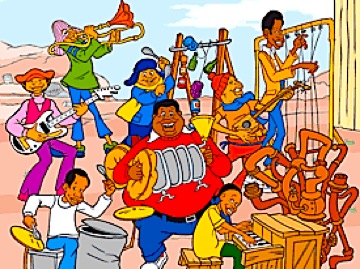




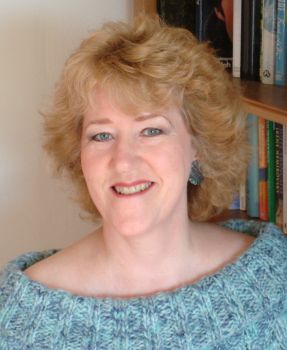
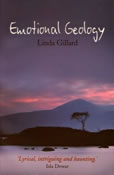 Rose Leonard is on the run from her life. Taking refuge in a remote island community, she cocoons herself in work, silence and solitude in a house by the sea. But she is haunted by her past, by memories and desires she’d hoped were long dead. Rose must decide whether she has in fact chosen a new life or just a different kind of death. Life and love are offered by new friends, her lonely daughter, and most of all Calum, a fragile younger man who has his own demons to exorcise. But does Rose, with her tenuous hold on life and sanity, have the courage to say yes to life and put her past behind her?
Rose Leonard is on the run from her life. Taking refuge in a remote island community, she cocoons herself in work, silence and solitude in a house by the sea. But she is haunted by her past, by memories and desires she’d hoped were long dead. Rose must decide whether she has in fact chosen a new life or just a different kind of death. Life and love are offered by new friends, her lonely daughter, and most of all Calum, a fragile younger man who has his own demons to exorcise. But does Rose, with her tenuous hold on life and sanity, have the courage to say yes to life and put her past behind her?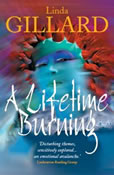 ‘I think I was damned from birth,’ Flora said, staring vacantly into space. ‘Damned by my birth.’
‘I think I was damned from birth,’ Flora said, staring vacantly into space. ‘Damned by my birth.’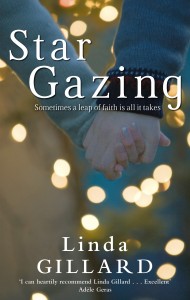 Blind since birth, widowed in her twenties, now lonely in her forties, Marianne Fraser lives in Edinburgh in elegant, angry anonymity with her sister, Louisa, a successful novelist. Marianne’s passionate nature finds solace and expression in music, a love she finds she shares with Keir, a man she encounters on her doorstep one winter’s night. Keir makes no concession to her condition. He is abrupt to the point of rudeness, and yet oddly kind. But can Marianne trust her feelings for this reclusive stranger who wants to take a blind woman to his island home on Skye, to ‘show’ her the stars?
Blind since birth, widowed in her twenties, now lonely in her forties, Marianne Fraser lives in Edinburgh in elegant, angry anonymity with her sister, Louisa, a successful novelist. Marianne’s passionate nature finds solace and expression in music, a love she finds she shares with Keir, a man she encounters on her doorstep one winter’s night. Keir makes no concession to her condition. He is abrupt to the point of rudeness, and yet oddly kind. But can Marianne trust her feelings for this reclusive stranger who wants to take a blind woman to his island home on Skye, to ‘show’ her the stars?


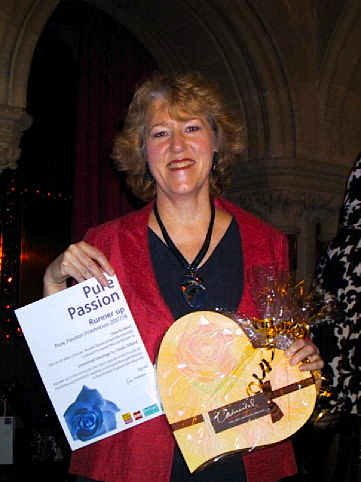

 Linda Gillard studied Drama and German at Bristol University, then trained as an actress at the Bristol Old Vic Theatre School. Whilst under-employed at London’s National Theatre, Linda developed a sideline as a freelance journalist. She ran two careers concurrently for a while, then gave up acting to raise a family and write from home.
Linda Gillard studied Drama and German at Bristol University, then trained as an actress at the Bristol Old Vic Theatre School. Whilst under-employed at London’s National Theatre, Linda developed a sideline as a freelance journalist. She ran two careers concurrently for a while, then gave up acting to raise a family and write from home.
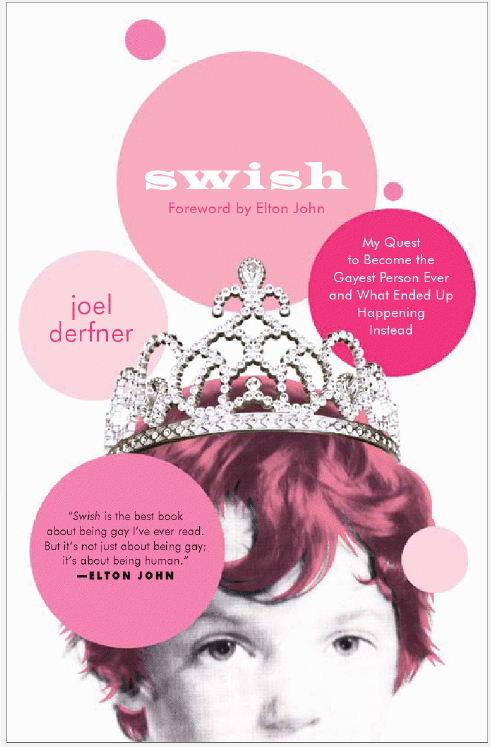

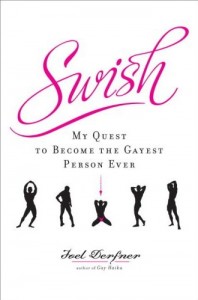
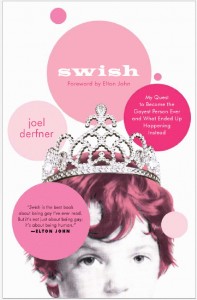
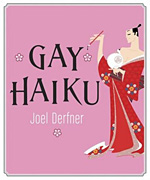


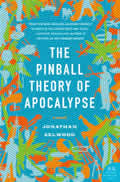

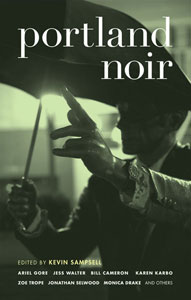 Explore the dark, rainy underbelly of one of America’s most beautiful but enigmatic cities through brand-new stories by Gigi Little, Justin Hocking, Chris A. Bolton, Jess Walter, Monica Drake, Jamie S. Rich (illustrated by Joelle Jones), Dan DeWeese, Zoe Trope, Luciana Lopez, Karen Karbo, Bill Cameron, Ariel Gore, Floyd Skloot, Megan Kruse, Kimberly Warner-Cohen, and Jonathan Selwood.
Explore the dark, rainy underbelly of one of America’s most beautiful but enigmatic cities through brand-new stories by Gigi Little, Justin Hocking, Chris A. Bolton, Jess Walter, Monica Drake, Jamie S. Rich (illustrated by Joelle Jones), Dan DeWeese, Zoe Trope, Luciana Lopez, Karen Karbo, Bill Cameron, Ariel Gore, Floyd Skloot, Megan Kruse, Kimberly Warner-Cohen, and Jonathan Selwood.


 Paula Neves has been writing across genres since she was a teen, but has always loved poetry, to which she keeps returning. Her poetry has appeared in
Paula Neves has been writing across genres since she was a teen, but has always loved poetry, to which she keeps returning. Her poetry has appeared in 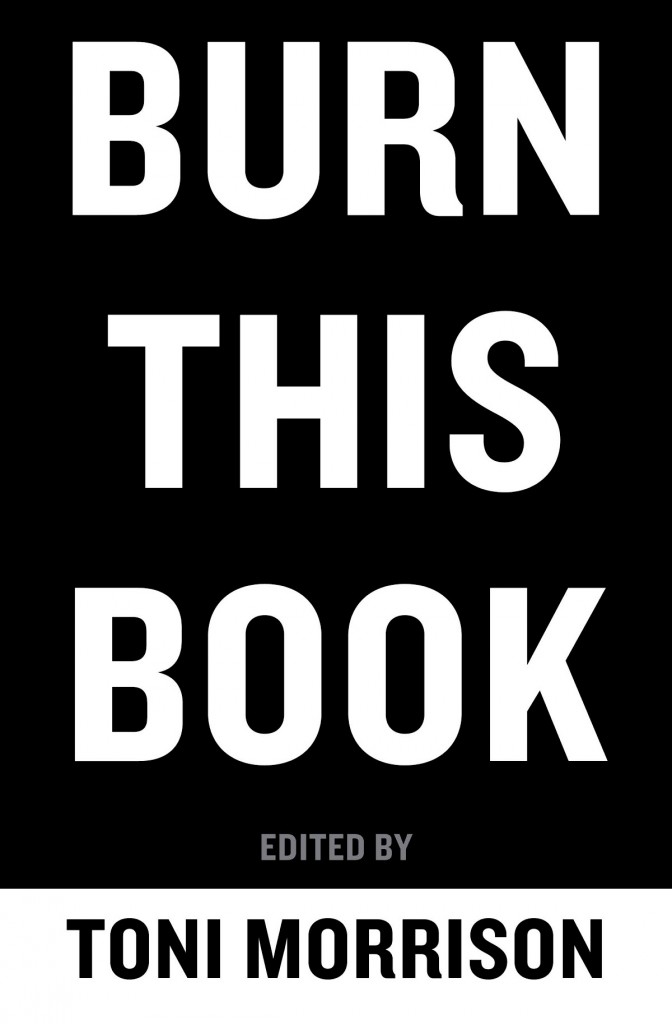

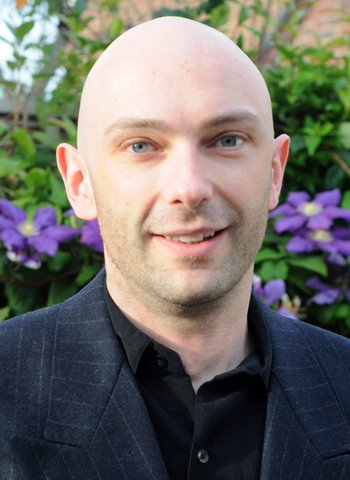


 Some of you may be familiar with Sheriff Joe Arpaio, the star of the reality TV show,
Some of you may be familiar with Sheriff Joe Arpaio, the star of the reality TV show, 